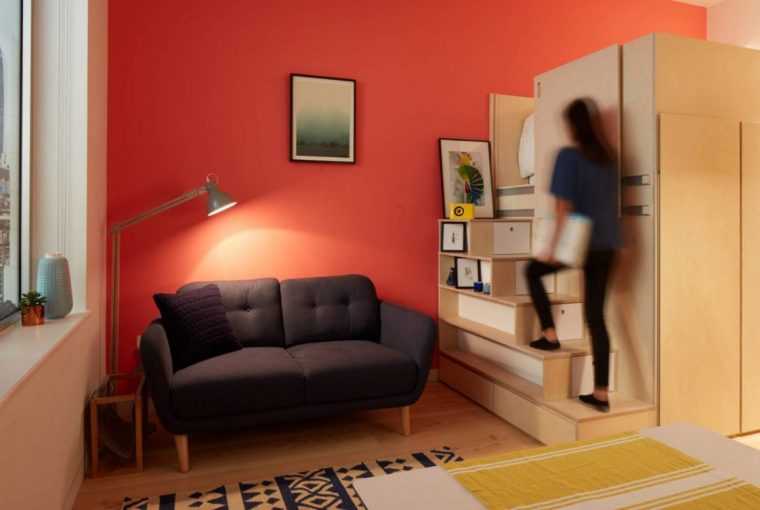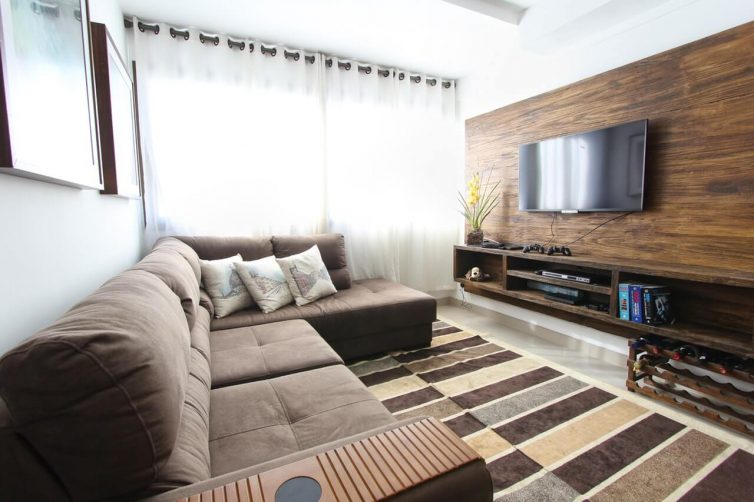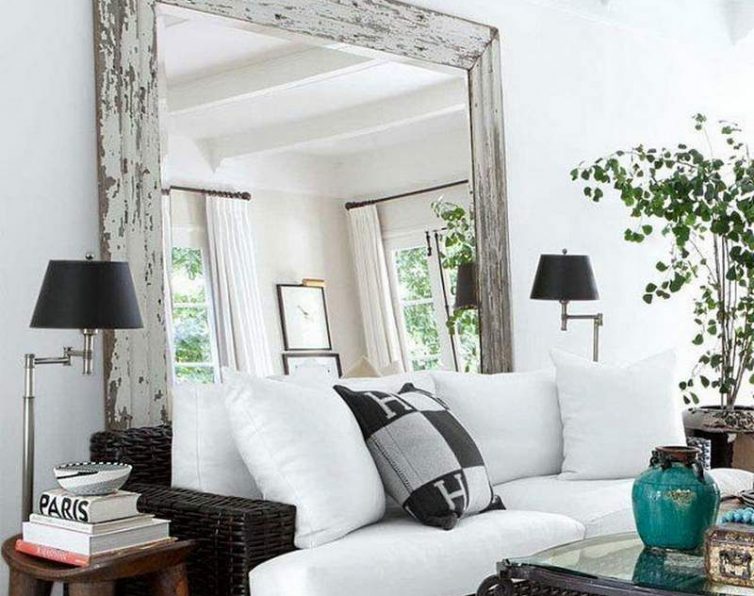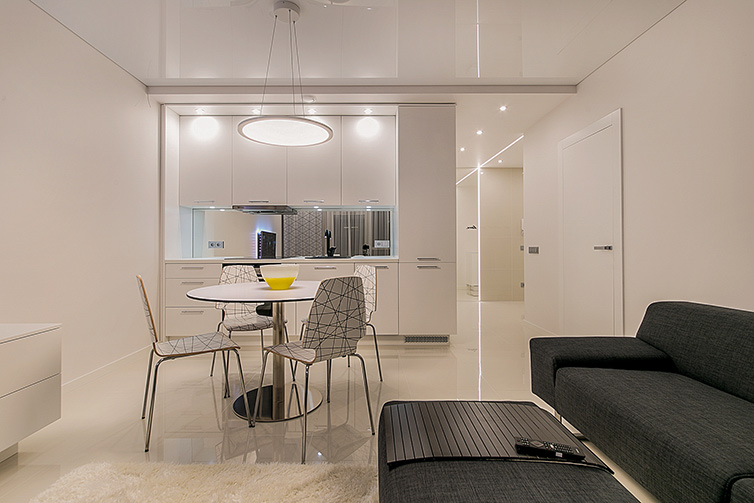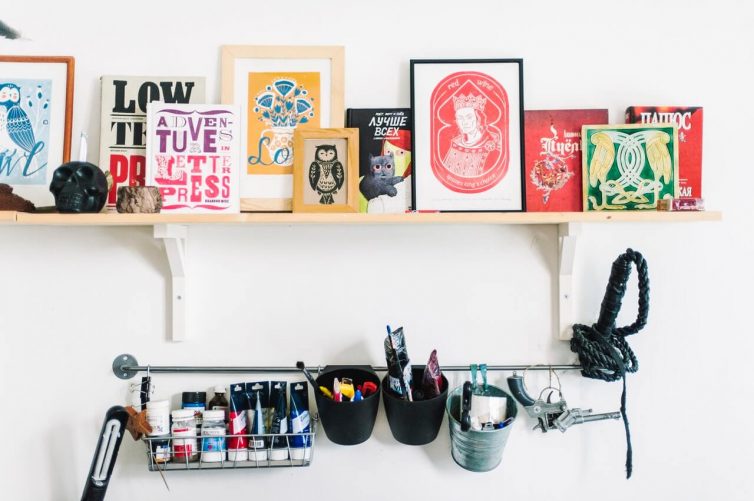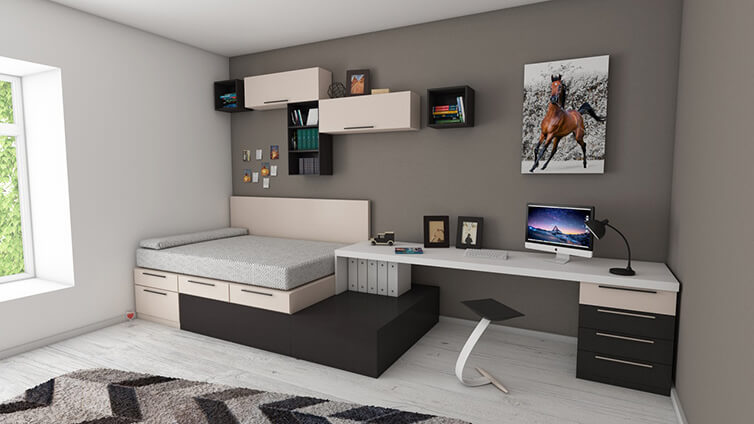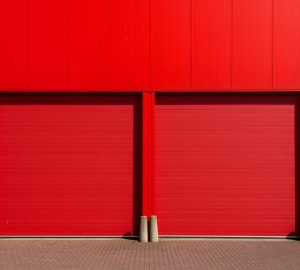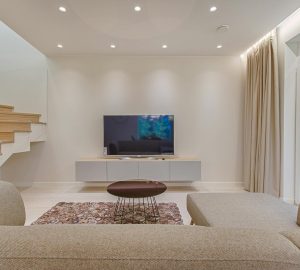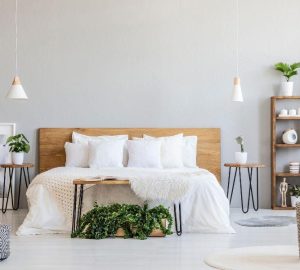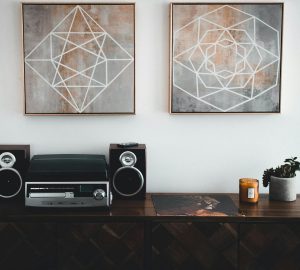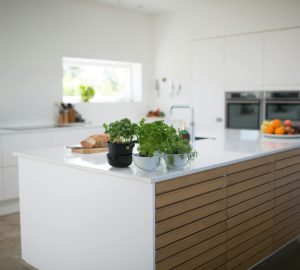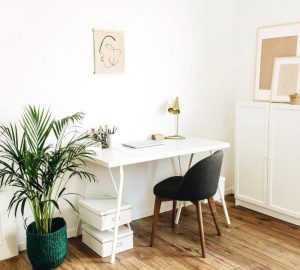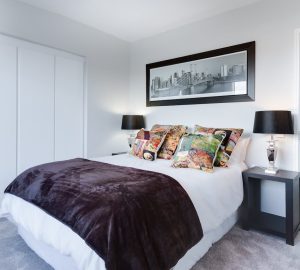The tiny house movement is by all means spectacular. If you’re on Pinterest, or if you’re a DIY enthusiast then chances are these remarkable small spaces have popped up on your radar, or even on your telly in the form of George Clarke’s Amazing Spaces.
Micro living is simply, living in a tiny home. Back in 2015, this trend was pretty darn popular. However, the trend never really hit the United Kingdom.
As the size of a property increases, so does the price and the costs associated. Conversely, the smaller the home – the smaller the cost, and bills. A 23m2 home can not only accommodate all modern necessities – it’s much cheaper, there’s usually no/ or a very small mortgage, it’s super easy (and cheap) to heat up, and you’re more or less forced to live a clutter free life.
Micro living started out as part of the slow living trend. This ‘life philosophy’ is essentially about building memories and taking a step back from a busy life, instead of spending money on frivolous things and always being ‘online’.
Small living isn’t for everyone, and never will be. But there are some healthy takeaways from this obsession with space and some pretty impressive tips on utilising storage that are worth taking away regardless of the size of your home!
Living in such a confined space forces you to be creative with you interior and your storage. If you’re not ready to jump the trend and sell your three storage home just yet, then here’s a few things you can learn from the people that have taken the plunge already.
Use pocket doors to optimise space
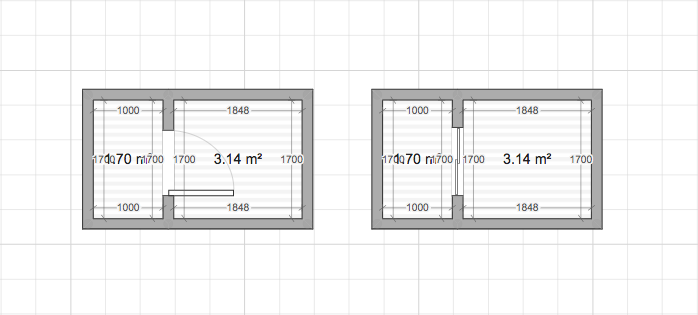
Doors take up a lot of space. The swing of a normal door takes up ~1m2. If you live in a two bedroom flat, you’ll probably have between 6-8 doors. That’s 6-8 m2 of good space that needs left clear for the doors to function properly.
The tiny house and space connoisseurs have found a way to get around this waste of space, using pocket doors. By sliding either into or along the wall instead of swinging open, they’re leaving the ~100° swing space free.
Use mirrors for depth
If you use mirrors well, they can easily make your room look larger. By having a focal point and angling your mirrors towards it it gives an illusion of depth.
Mirrors also reflect both artificial and natural light, so helps the room look brighter.
If you think about it, a normal wall is a bit of an abrupt end to a room. The mirror can feel as if it’s expanding the room even further.
Clean lines and light colours
If you’re living in a smaller space then it’s important that there is plenty of natural light. If you do not have any access to natural light, then you can supplement your lamps with lighting fixtures.
If you want to live in a smaller space, you need to have some serious decluttering skills. By keeping clean lines in mind and taking a minimalistic approach to designing the space, you can strip away things that you do not need on a day to day basis.
The fewer things you have and the brighter you can make the room, the more spacious it will seem.
Store keepsakes elsewhere
When moving from a bigger place to a smaller, there will inevitably be items and keepsakes that you do not want to get rid off. And that’s OK!
If you’ve got a lot of things that have sentimental value, then see if you can liaise with someone who has a loft or rent a storage space for keeping these items safe and sound.
Scaling down and throwing away things you do not use is a healthy exercise, but it’s also important to keep memories and possessions that mean a lot to you.
Double duty furniture
With a tiny house, you’re not building by the square foot, you’re building by the square inch.
Double duty furniture can save a lot of space in a smaller home. This can be anything from great under bed storage to drawers coming out of the steps in the staircase to a sofa table that turns into a dining table.
If you can pack several pieces of interior, furniture and function into one – you’ll be saving a lot of space. It’s not complicated.
½ floors are also floors
If you think in height as well as breadth and length, you can really take advantage of the space.
This is especially useful if you’ve got high ceilings. Say you live in a studio flat, rising the bed up can both create a lot of useful storage underneath as well as make the room seem bigger.
If your space is tight, then getting the bed off the floor and creating a ½ floor can almost split the room into two.
Do you live in a small apartment? Leave your tips or gripes in the comment below.
Main Image Source
